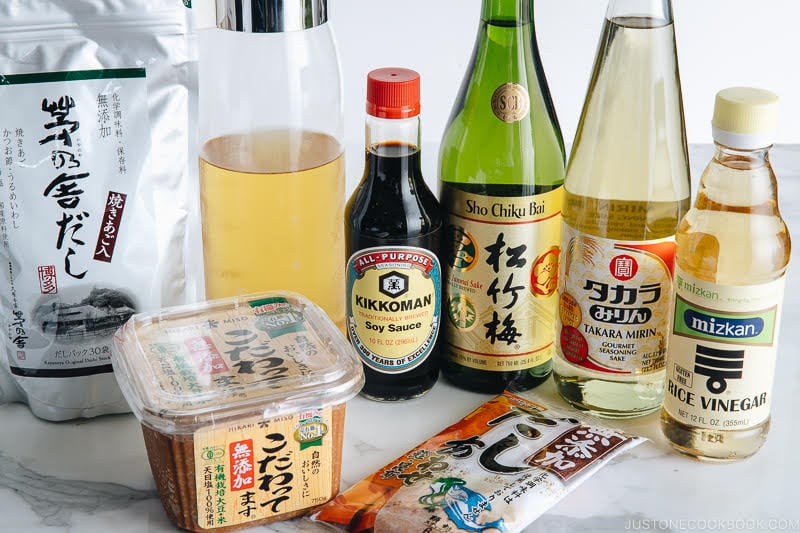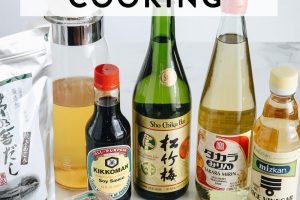Do you struggle with Japanese cooking because you don’t have a certain ingredient in your kitchen? Or have you discovered a delicious recipe you wish to make, but do not live near a Japanese or Asian market? Or maybe you’re on a specific diet? In this post, you’ll find suggestions for ingredient substitution and some really useful resources for Japanese cooking.
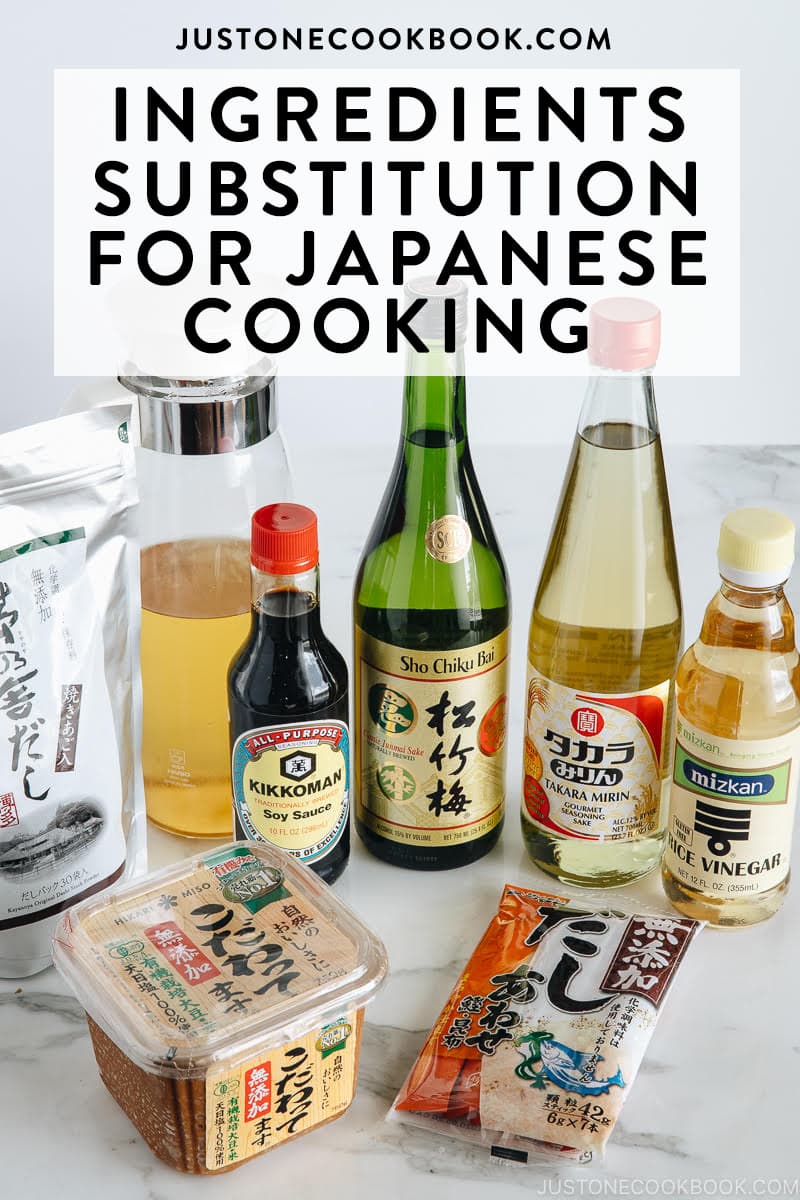
Before we start, you can learn about the most basic Japanese essential ingredients to cook Japanese dishes at home. You can also browse my pantry pages to learn more about each ingredient.
Resources for Japanese Ingredients
Depending on where you live in the world, I recommend looking up online stores to see if you can find the ingredients first, especially for cooking authentic Japanese flavors. Here are some quick resources:
- Online stores for Asian ingredients
- Local Japanese Grocery Stores Around the World (A great resource thanks to YOU!)
- Our Amazon Shop Page
Also, major grocery stores are starting to carry more Japanese and Asian ingredients these days due to the popularity of Japanese cuisine. So, do check in with the stores once in a while, and you may be in luck.
Ingredient Substitutions for Japanese Cooking
When all else fails and you find yourself having to look for substitutions, you can use the list below as your guide. Please be aware that not all substitutions will yield the authentic Japanese flavors you’re looking for, but they will allow you to enjoy Japanese dishes at home nonetheless.
For my recipes on Just One Cookbook, I often include more suggestions for fresh ingredients in the write-up where you can work with local ingredients. And don’t be afraid to experiment and try things out.
If you wish to learn more about the specific ingredient, click on the link, which will lead you to a more thorough article on its uses, storage, and shopping. Otherwise, you’ll find your quick answers below.
Condiments
Dashi (Japanese stock)
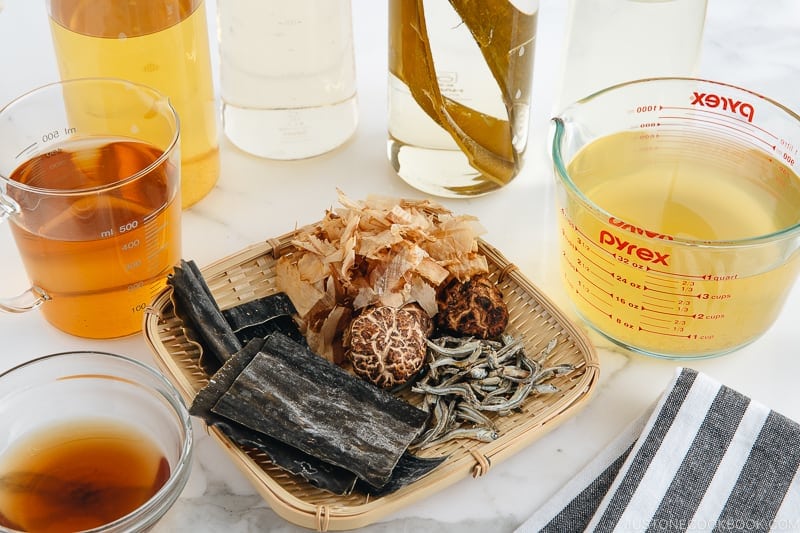
Dashi is a fundamental ingredient in Japanese cooking, and without it, you can’t produce authentic flavors. The good thing is that dashi is super easy and simple to prepare (it takes 30 minutes or less). All you need is water, kombu (edible kelp), or dried bonito flakes (katsuobushi). You can choose one of three ways to make dashi.
If you are a vegetarian, make Kombu or Shiitake Dashi. To cut down on time, you can use a dashi packet (tea bag style). Learn more about different types of dashi here.
Mirin (Sweet Cooking Sake)

Suggested substitution: 1 Tbsp mirin = 1 Tbsp water (or sake) + 1 tsp sugar. Do not substitute with rice wine vinegar.
Sake (Japanese Rice Wine)
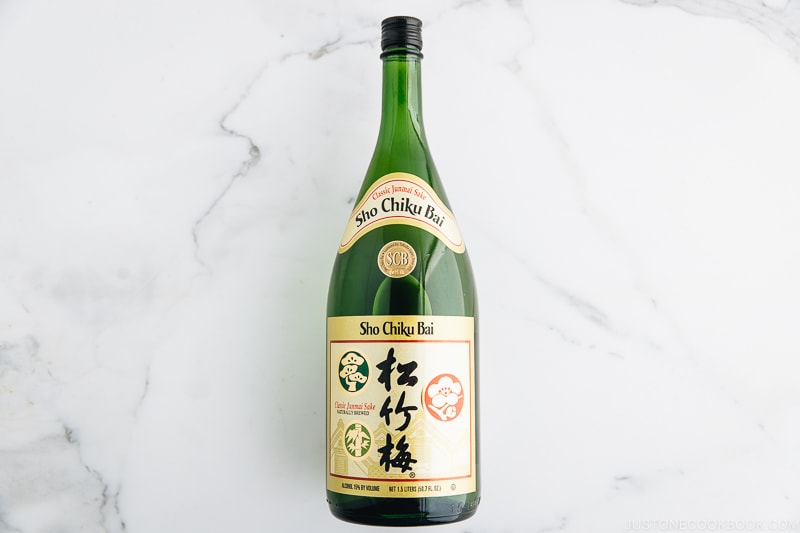
Suggested Substitution: Dry sherry, Chinese or Korean rice wine, or water. Do not substitute with rice wine vinegar.
* Click here to learn more about Sake and Mirin (and the benefits of cooking with them)
Miso (Japanese Fermented Soybean Paste)
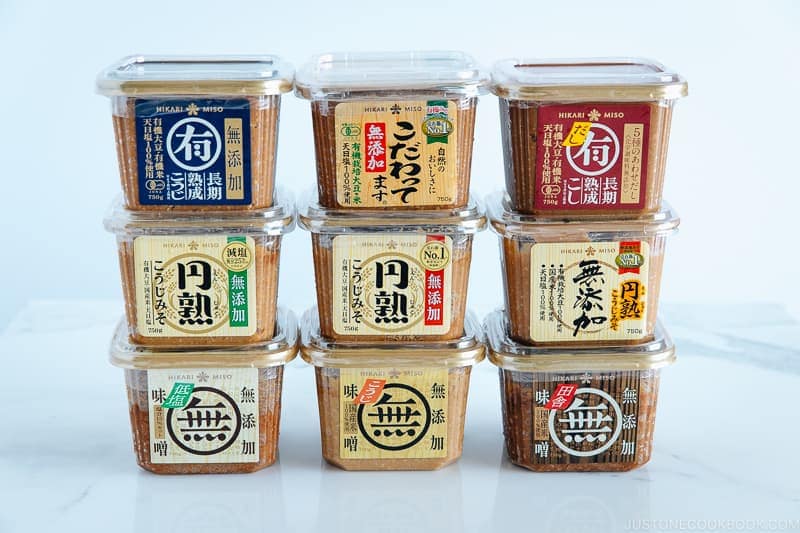
Unfortunately, there is no substitute for the flavor of miso. I don’t recommend Korean Doenjang (soybean paste), as it has a different taste. If you’re allergic to soybeans, you can purchase chickpea miso.
Rice Vinegar
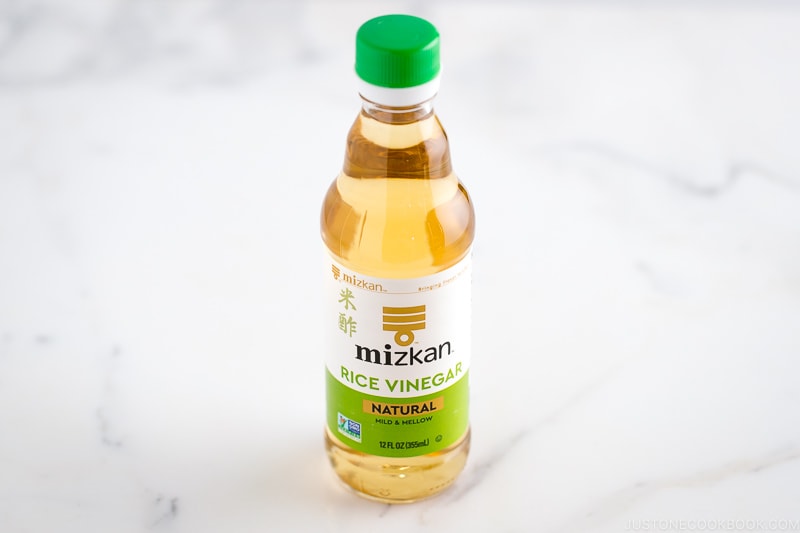
Suggested substitution: White vinegar (tangier and stronger) or apple cider vinegar (mild, but it has a faint apple flavor). You may want to use less of what the recipe calls for or dilute it with some water.
Soy Sauce
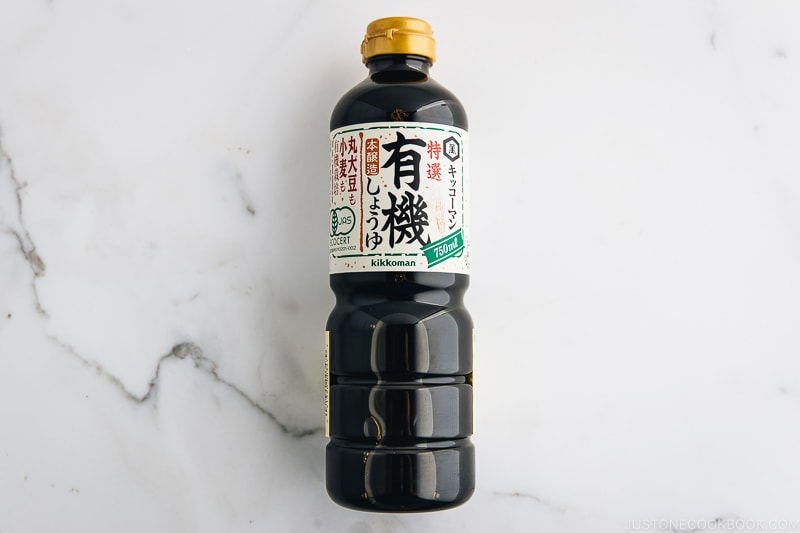
Ponzu (Citrus Soy Sauce)
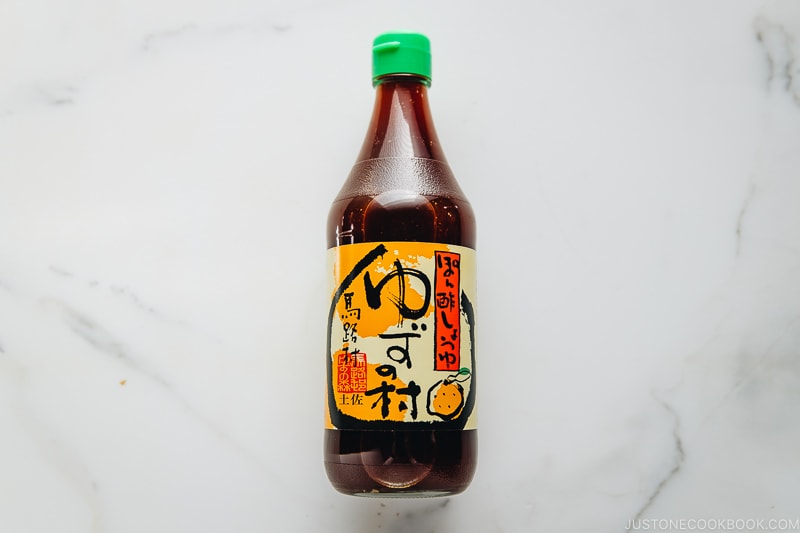
Suggested Substitution: If you cannot find Ponzu in your local Japanese or Asian grocery stores, you can make Homemade Ponzu or mix soy sauce with citrus (lemon/lime) for a quick substitution.
Shichimi Togarashi (Japanese 7 Spice)
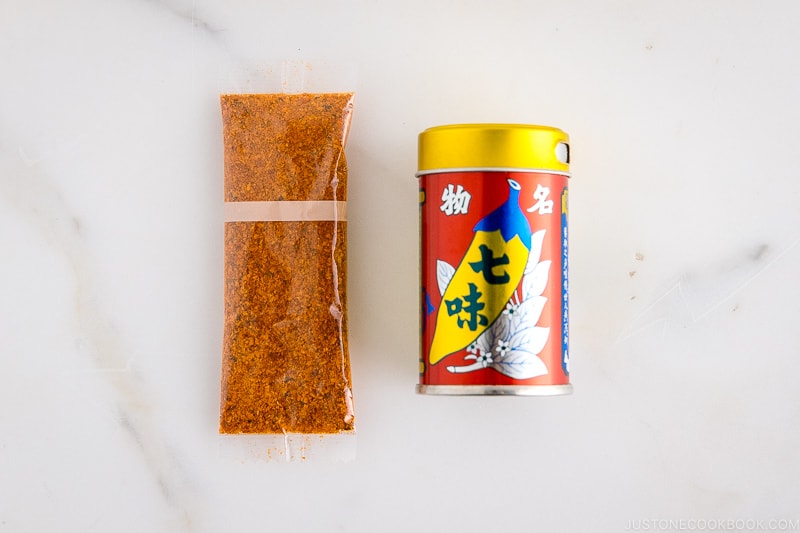
Suggested Substitution: If you cannot find Shichimi Togarashi to sprinkle on your dish to spice it up, you can use Ichimi Togarashi or any other chili spice you have. If you don’t need to make it spicy, simply skip.
Dry Ingredients
Japanese Short-Grain Rice
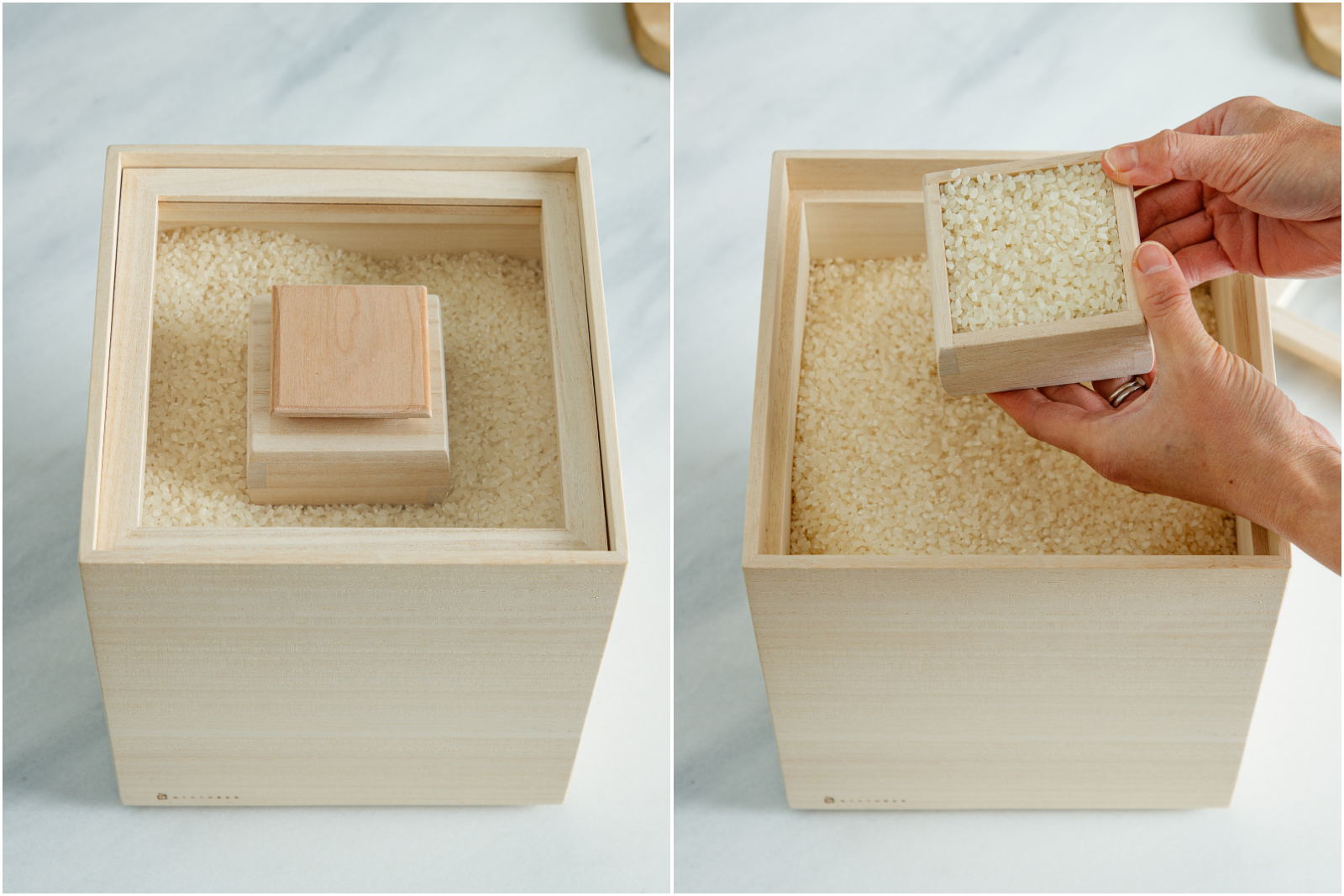
We don’t recommend using long-grain Jasmine rice or Basmati rice as a substitute for Japanese rice—they cook up fluffy and separate, which is quite different from the stickier texture we need. The closest replacement would be Korean short-grain rice.
For more details, check out my Japanese rice guide, where I share the best brands to buy, where to find them, and how to store them.
You can also use medium-grain rice, like Calrose rice, in a pinch, but remember it’s less sticky and separates more than short-grain rice. The flavor and texture are noticeably different.
Panko
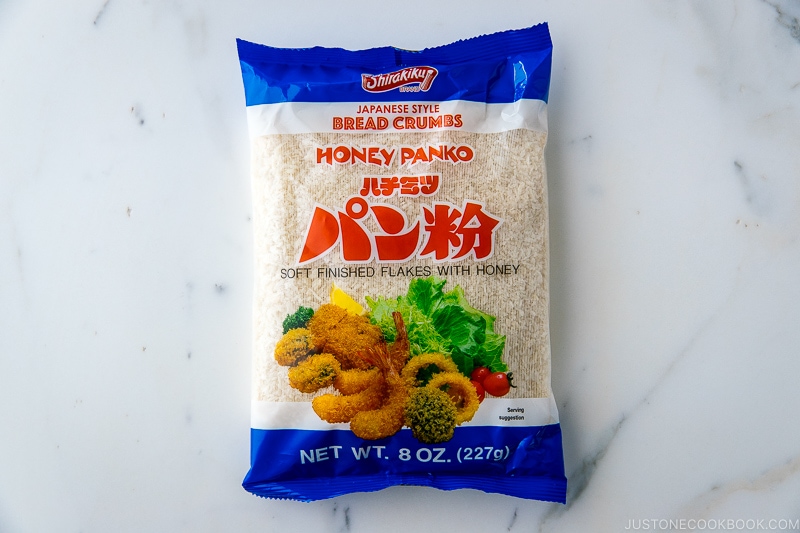
Suggested Substitution: Regular American breadcrumbs, but it will be less flaky and light.
Potato Starch
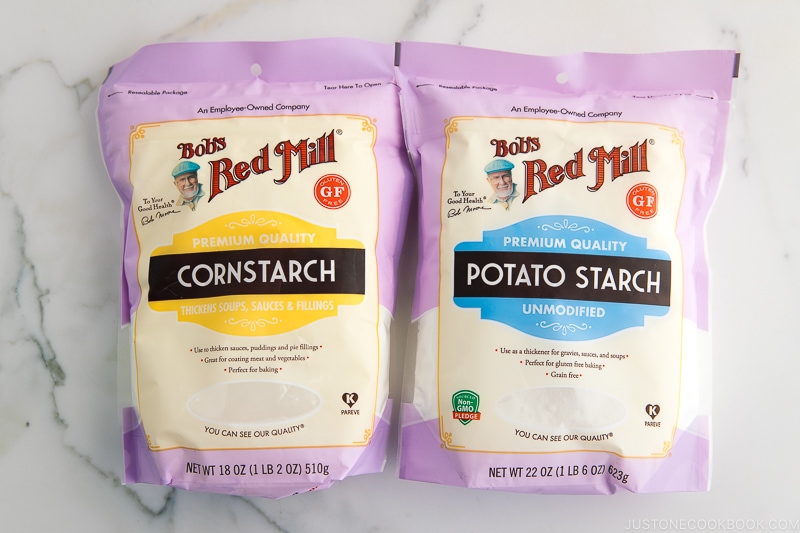
Suggested Substitution: Cornstarch, but not other starches like tapioca starch.
Shiratamako
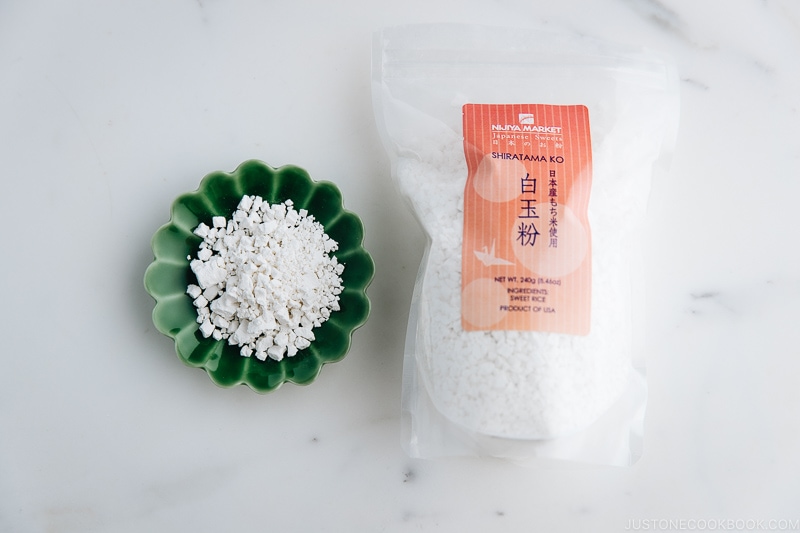
Suggested Substitution: The best substitute is Mochiko, made from the same short-grain glutinous rice flour but processed differently to create a slightly different texture.
Japanese Curry Sauce Mix (Roux)
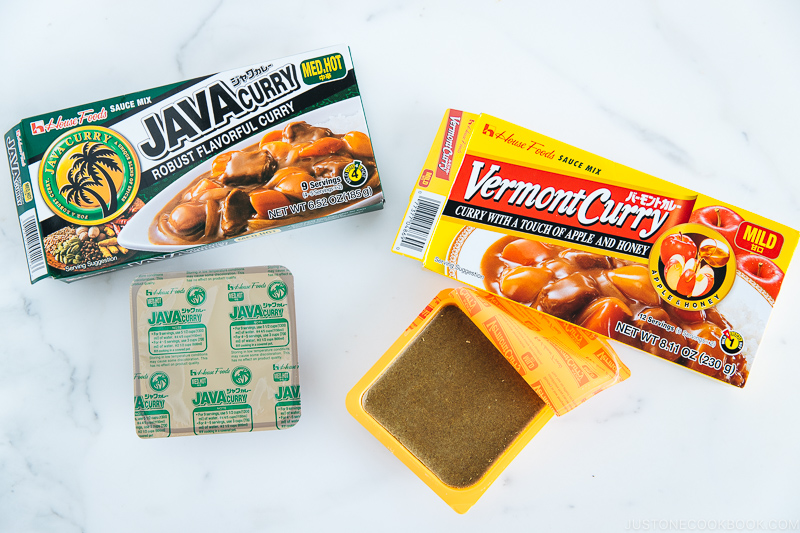
Suggested Substitution: There is no exact substitution for this; however, you can make it from scratch following my Japanese Curry Roux tutorial. The homemade one is best!
Meat + Fish + Protein
Thinly Sliced Meat

Japanese often use thinly sliced meat for cooking Shabu Shabu and Sukiyaki. If you can’t find ready-sliced meat, buy good quality meat and follow this tutorial with video to slice your own.
Aburaage (Fried Tofu Pouch)
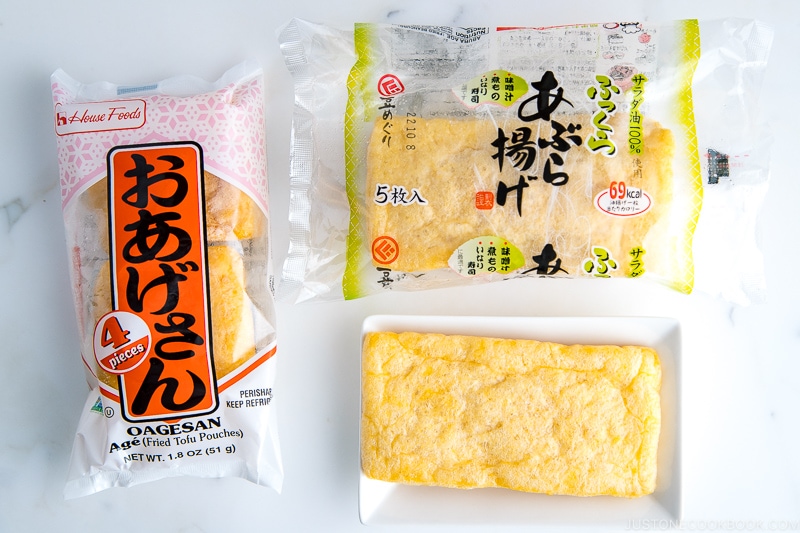
Suggested substitution: Depending on the recipe, you can use crispy tofu puffs (fried tofu cubes) or regular firm tofu.
Kamaboko (Fish Cake)
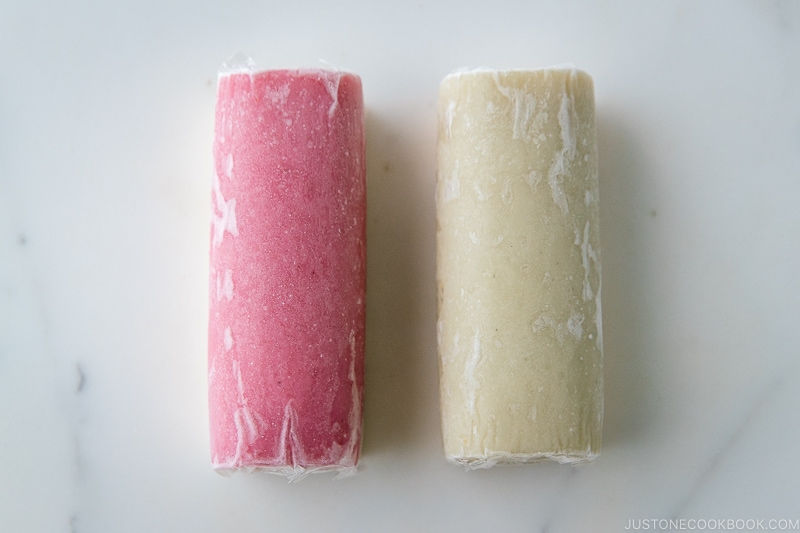
Suggested substitution: Use fish cakes similar to those found in Asian grocery stores. Or leave out and use fresh white fish fillet/ shrimp for hot pot and noodle soup recipes.
Produce (Fresh Vegetables)
Daikon
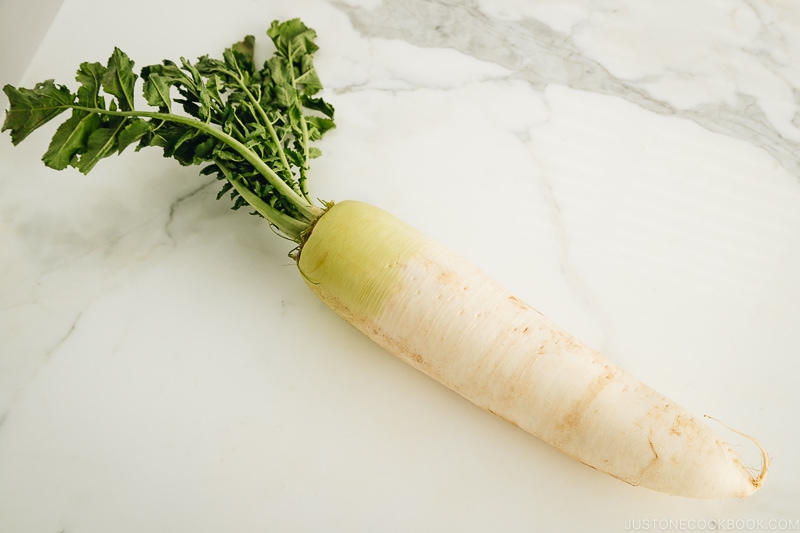
Suggested substitution: For any simmered dishes, you can use turnips or other root vegetables with a similar texture.
Gobo (Burdock Root)

Suggested substitution: Any similar crunchy root vegetables.
Kabocha Squash

Suggested substitution: Butternut squash or acorn squash, however, they are less sweet than kabocha. For baking, you can also mix in sweet potato with butternut squash if the recipe calls for kabocha squash.
Lotus root (Renkon)
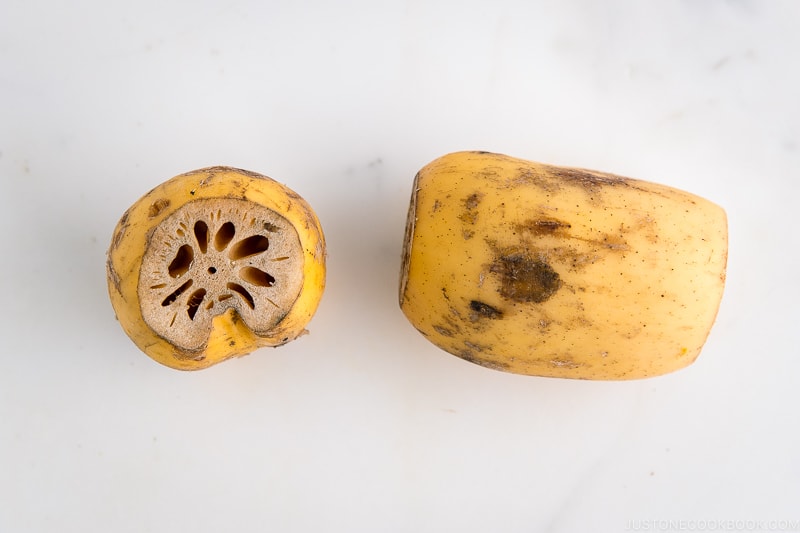
Suggested substitution: Any similar crunchy root vegetables. You may find lotus roots in Chinese or Korean grocery stores.
Mitsuba
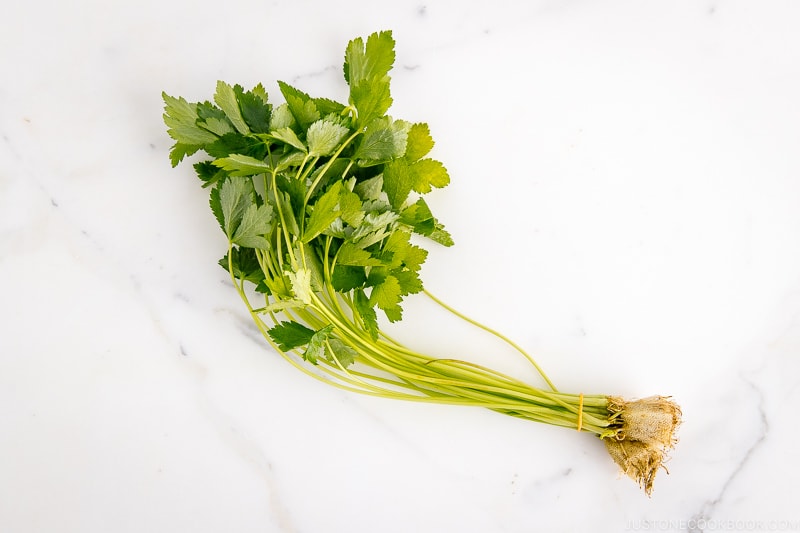
Suggested substitution: Unfortunately, there is no herb that tastes like mitsuba. The texture of the mitsuba stems is very similar to that of cilantro. You can sprinkle chopped cilantro (use the stem more than the leafy part). Please use green onion/scallion or chives to garnish your dish. For recipes such as salads or rice dishes, you may replace mitsuba with arugula or watercress (chop it up).
Another option is to grow your own. Similar to other herbs, you can grow it easily from seeds, which are available online here.
Negi (Long Green Onion)
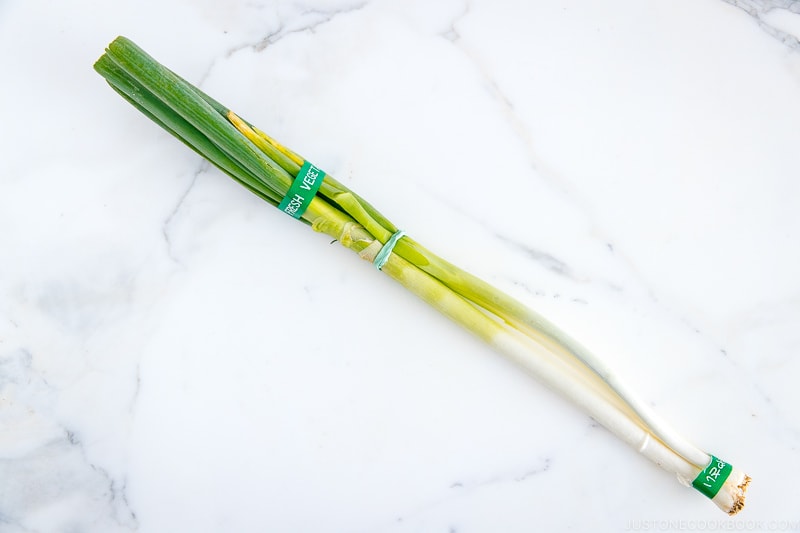
Suggested substitution: The taste of Negi is close to green onions/scallions, but it has a thicker stalk similar to a leek. You can substitute leeks for the texture or use more green onions/scallions.
Nagaimo
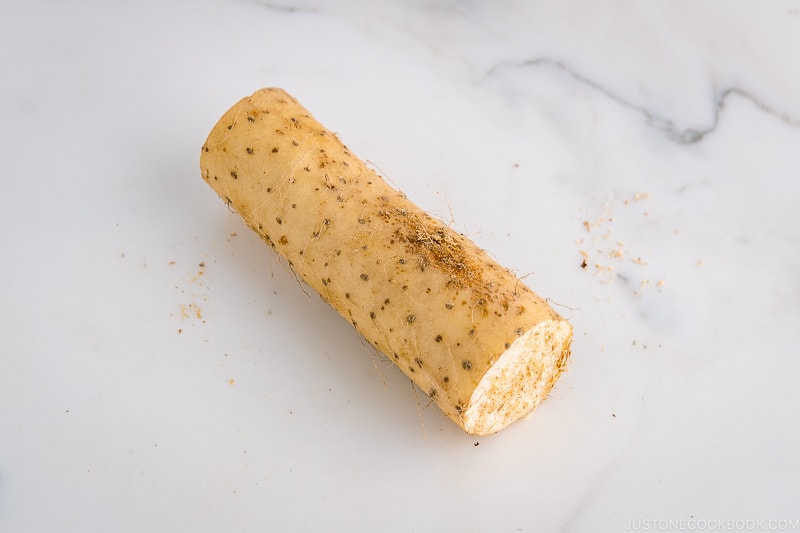
Suggested substitution: Some readers say grated potato can be used for grated nagaimo in the Okonomiyaki recipe, but I have to disagree after I tried it myself (read the post). I suggested a few better substitutions in the post. We may be able to use grated taro as well, but don’t consume it raw and make sure to cook it.
Shiso

Suggested substitution: Unfortunately, no herb tastes like shiso. The closest substitute is perilla leaf, which you can get from a Korean grocery store.
If you have a garden, you can also try growing shiso. The seeds are available online here and here.
Japanese Sweet Potato (Satsumaimo)
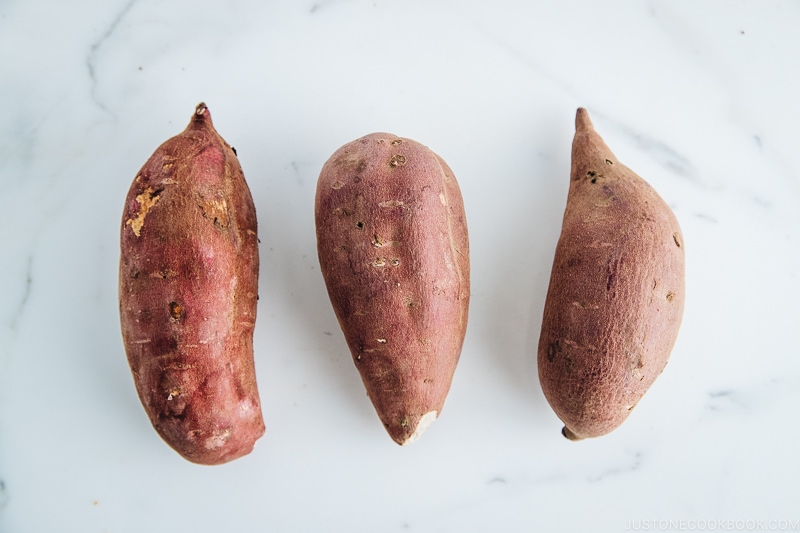
Suggested substitution: You can use an American sweet potato (more orange color), but it’ll be less sweet. Adjust the sweetness with sugar, mirin, or other alternatives.
I hope I’ve covered most of the important ingredients for Japanese cooking. If you have a question or have a suggestion for any of the ingredients above, please do not hesitate to leave a comment here. We welcome your feedback and input anytime!
